Circa 2014
New research on nanoparticles shows that they could be used to encode information when suspended in a liquid. This could one day allow us to store vast amounts of data in a very small volume of “digital colloid.”

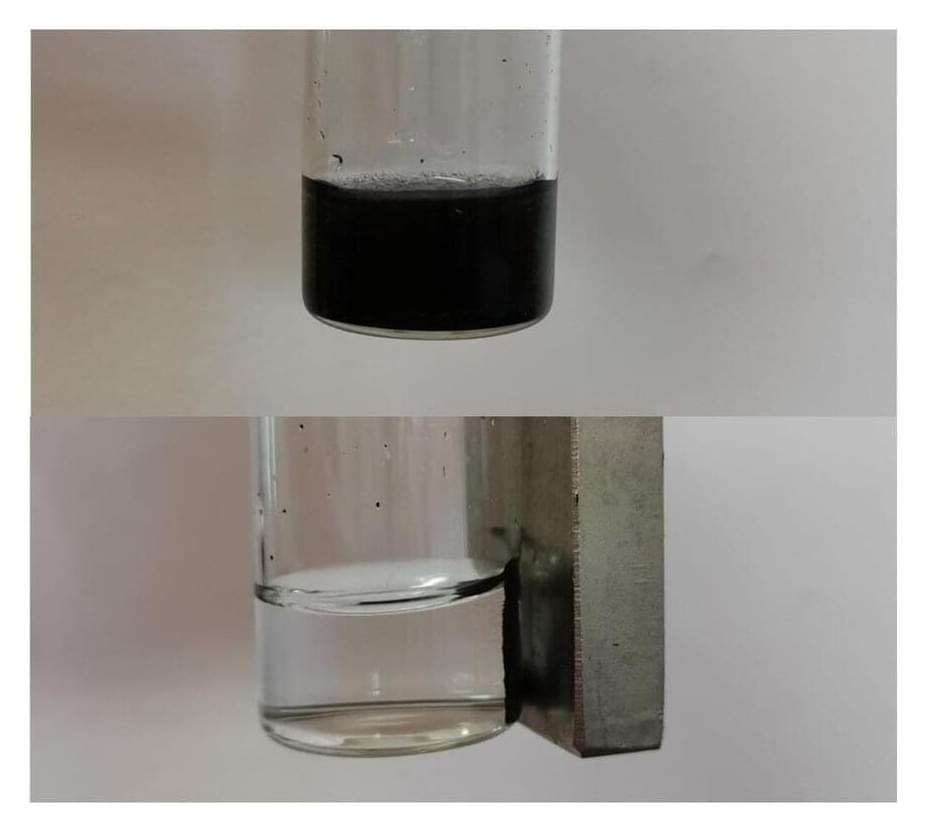
Membrane filters don’t require much energy to purify water, making them popular for wastewater treatment. To keep these materials in tip-top condition, they’re commonly cleaned with large amounts of strong chemicals, but some of these agents destroy the membranes in the process. Now, researchers reporting in ACS Applied Materials & Interfaces have developed reusable nanoparticle catalysts that incorporate glucose to help efficiently break down contaminants inside these filters without damaging them.
Typically, dirty wastewater filters are unclogged with strong acids, bases or oxidants. Chlorine-containing oxidants such as bleach can break down the most stubborn organic debris. But they also damage polyamide membranes, which are in most commercial nanofiltration systems, and they produce toxic byproducts. A milder alternative to bleach is hydrogen peroxide, but it decomposes contaminants slowly.
Previously, scientists have combined hydrogen peroxide with iron oxide to form hydroxyl radicals that improve hydrogen peroxide’s efficiency in a process known as the Fenton reaction. Yet in order for the Fenton reaction to clean filters, extra hydrogen peroxide and acid are needed, increasing financial and environmental costs. One way to avoid these additional chemicals is to use the enzyme glucose oxidase, which simultaneously forms hydrogen peroxide and gluconic acid from glucose and oxygen. So, Jianquan Luo and colleagues wanted to combine glucose oxidase and iron oxide nanoparticles into a system that catalyzes the Fenton-based breakdown of contaminants, creating an efficient and delicate cleaning system for membrane filters.
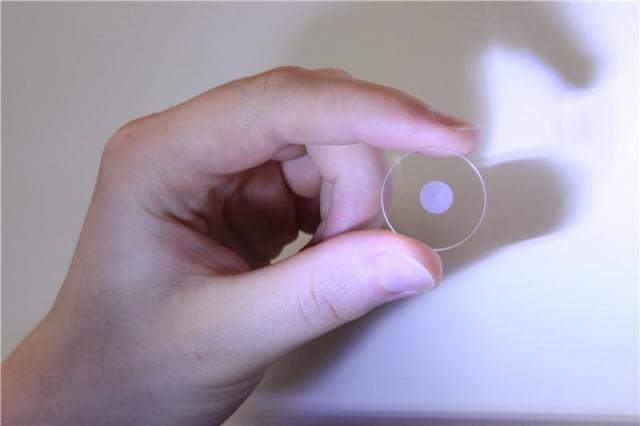
Hard drives and flash storage have gotten more reliable over the years, but only on a human timescale. What if we need data storage that lasts longer? Decades? Millennia? The key to that vision might be 5D optical storage, which has a data density 10,000 times that of a Blu-ray disc. But it’s always been far too slow to write data onto glass plates in this way—until now. A new technique developed at the University of Southampton speeds up the process dramatically, without impacting the reliability of the data.
This type of data storage uses three layers of nanoscale dots in a glass disc. The size, orientation, and position (in three dimensions) of the dots gives you the five “dimensions” used to encode data. Researchers say that a 5D disc could remain readable after 13.8 billion years, but it would be surprising if anyone was even around to read them at that point. In the shorter term, 5D optical media could also survive after being heated to 1,000 degrees Celsius. You can see an earlier, smaller version of the disc above.
This is not the first time 5G optical data storage has popped up. It was just impractically slow before. Data is added to the discs with lasers, but if the laser moves too fast, the disc’s structural integrity is compromised. The technique devised by doctoral researcher Yuhao Lei uses a femtosecond laser with a high repetition rate. The process starts with a seeding pulse that creates a nanovoid, but the fast pulse doesn’t need to actually write any data. The repeated weak pulses leverage a phenomenon known as near-field enhancement to sculpt the nanostructures in a more gentle way.


Biologists from ETH Zurich have discovered speargun-like molecular injection systems in two types of bacteria and have described their structure for the first time. The special nanomachines are used by the microbes for the interaction between cells and could one day be useful as tools in biomedicine.
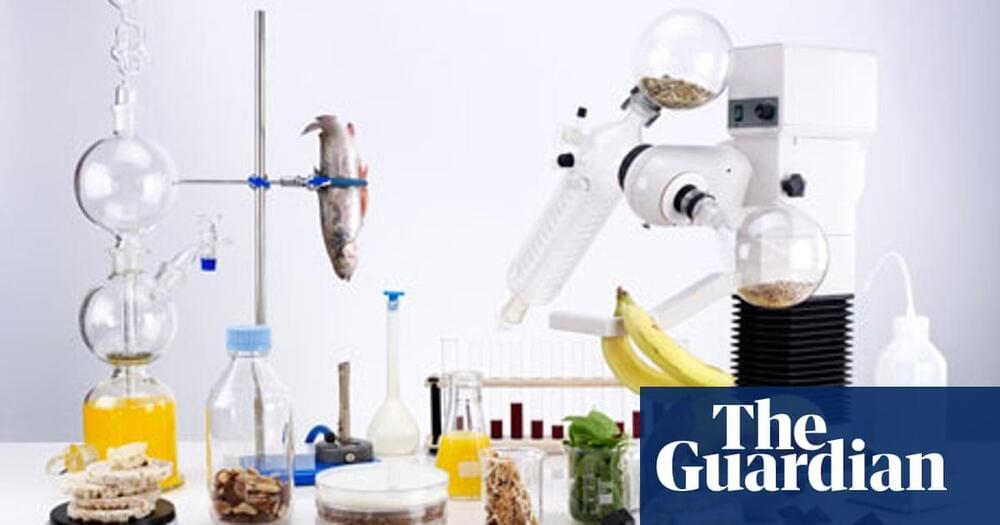

The amniotic membrane (Amnio-M) has various applications in regenerative medicine. It acts as a highly biocompatible natural scaffold and as a source of several types of stem cells and potent growth factors. It also serves as an effective nano-reservoir for drug delivery, thanks to its high entrapment properties. Over the past century, the use of the Amnio-M in the clinic has evolved from a simple sheet for topical applications for skin and corneal repair into more advanced forms, such as micronized dehydrated membrane, amniotic cytokine extract, and solubilized powder injections to regenerate muscles, cartilage, and tendons. This review highlights the development of the Amnio-M over the years and the implication of new and emerging nanotechnology to support expanding its use for tissue engineering and clinical applications. Graphical Abstract.
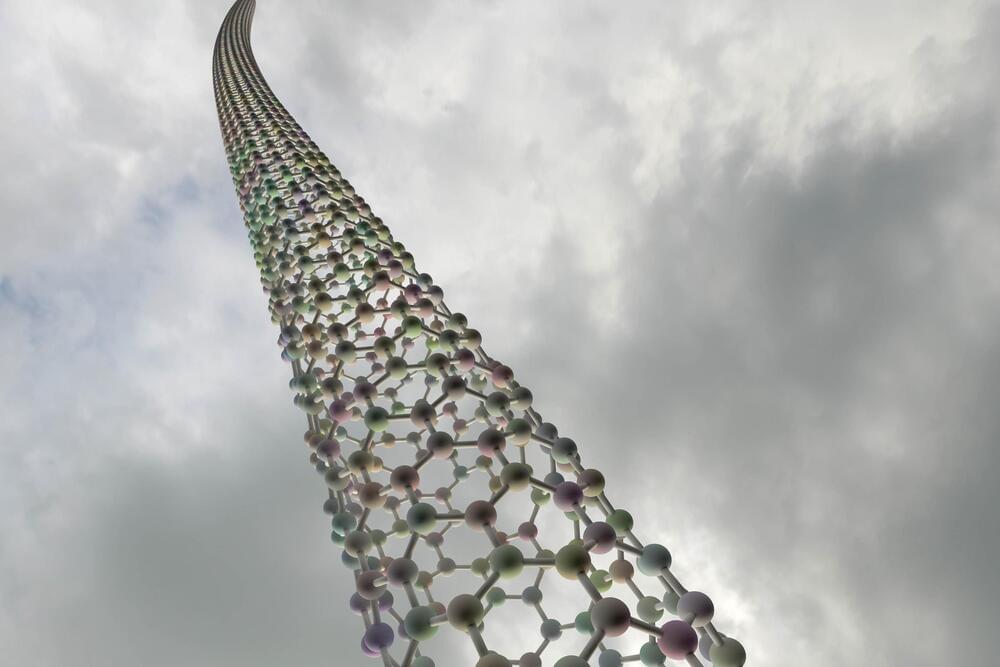
Schran agrees. “This new mechanism of friction is definitely very interesting and exciting,” he says. “But what is missing in my opinion, is a clear benchmark measurement.” Quantifying, for instance, how friction changes based on water’s interaction with single versus multiple layers of carbon atoms could go a long way to fully verifying the new theory, which predicts that greater numbers of electrons in the multilayered carbon will boost friction.
The study team is already progressing along this path and dreaming of what lies beyond. They are hoping to eventually test their theory with flowing liquids other than water, and nanotubes composed of elements besides carbon. In such cases, molecules in the liquid and the electrons within nanotube walls would follow different patterns of interaction, possibly leading to changes in the degree of quantum friction. Lydéric Bocquet says that it may even be possible to control the amount of friction a flowing liquid experiences by constructing nanotubes with electron behavior explicitly in mind.
The new study sets the stage for years of complex exploration by experimental and theoretical physicists alike and, according to Kavokine, also signals a fundamental shift in how physicists should think about friction. “Physicists have long thought that it is different at the nanoscale, but this difference was not so obvious to find and describe,” he says. “They were dreaming about some quantum behavior arising at these scales—and now we have shown how it does.”
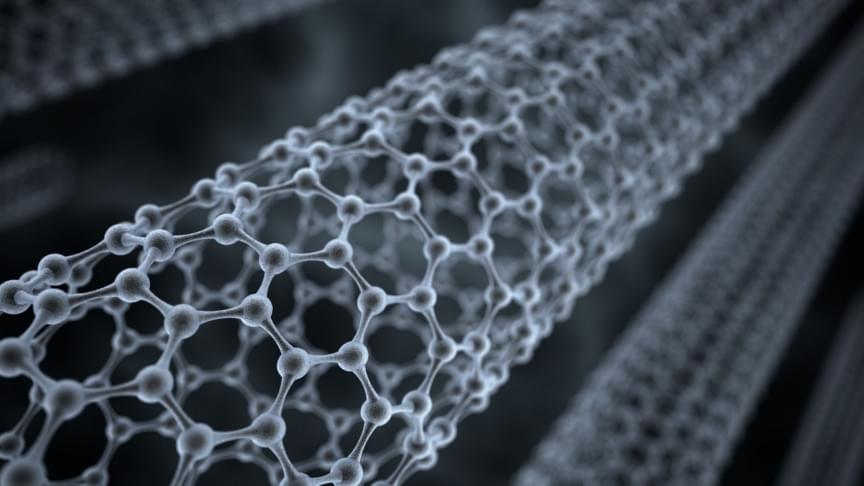
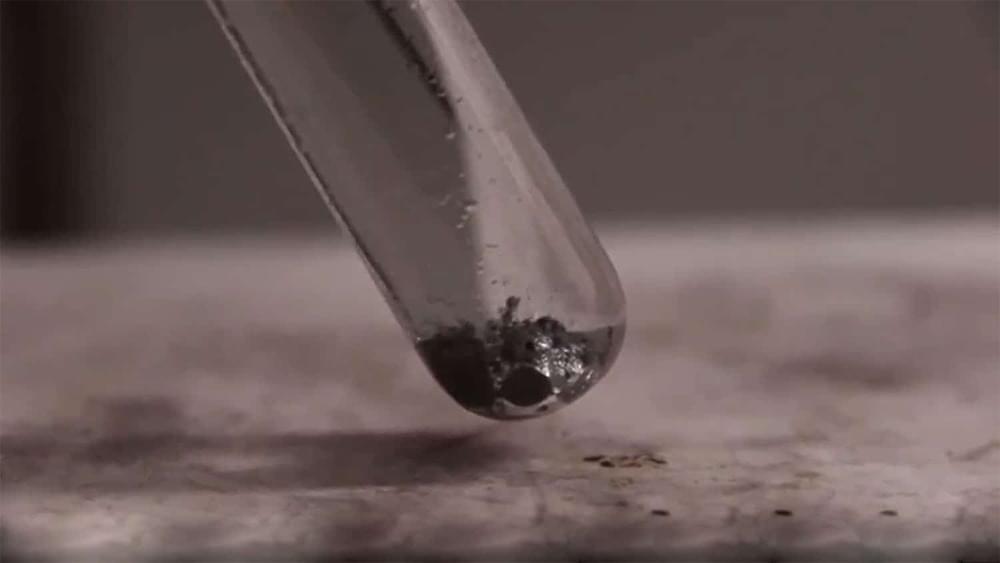
Aluminum is a highly reactive metal that can strip oxygen from water molecules to generate hydrogen gas. Now, researchers at UC Santa Cruz have developed a new cost-effective and effective way to use aluminum’s reactivity to generate clean hydrogen fuel.
In a new study, a team of researchers shows that an easily produced composite of gallium and aluminum creates aluminum nanoparticles that react rapidly with water at room temperature to yield large amounts of hydrogen. According to researchers, the gallium was easily recovered for reuse after the reaction, which yields 90% of the hydrogen that could theoretically be produced from the reaction of all the aluminum in the composite.
Easy aluminum nanoparticles split water and generate hydrogen gas rapidly under ambient conditions.